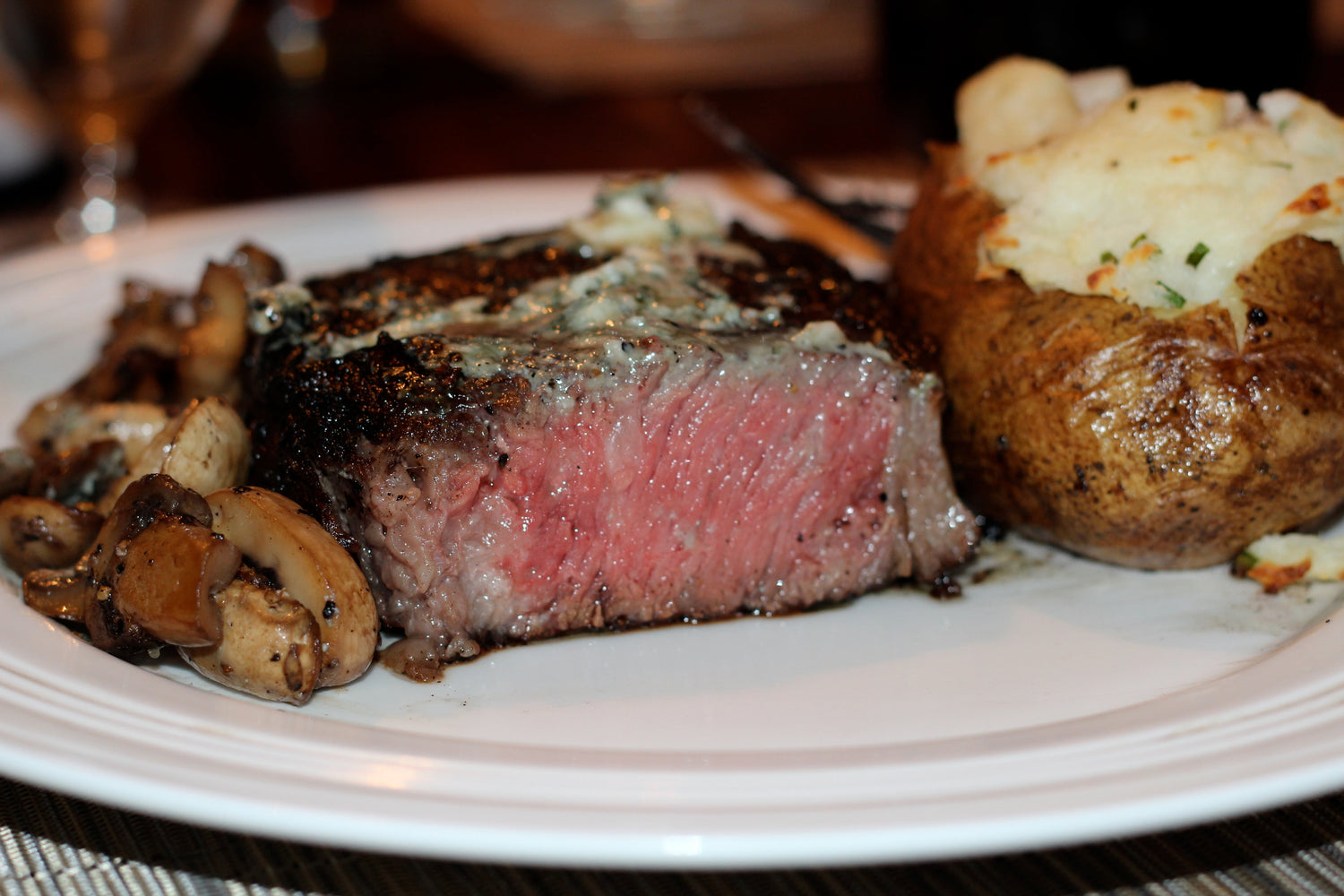Traditionally to tie off sausage stuffed into natural or collagen casing, you need butcher’s twine and really strong fingers. A long sausage-making session, tying and tying and tying off sausage after sausage can not only leave you with sore fingers but also with splits with the butchers’ twine starts to cut into your skin. The twine had to be tight or the sausage hung to ferment and dry might–PLOP–fall to the floor putting all your hard work to waste.
When UMAi Dry casing was first released, we recommended measuring off lengths of casing, then sealing them with a vacuum sealer, as we do with otherUMAi Dry applications. After stuffing, however, sealing the end using the VacMouse to draw out the tiny bit of air at the end of the casing seemed fiddly and wasteful. Moreover, you still need the hang the sausage to dry, so the strong fingers and butcher’s twine were still required.
During testing various alternatives, we discovered the common zip ties (aka tie-wrap or cable ties) were a far more efficient and far less strenuous way to tie off the casings. A simple 4″ cable tie does a great job of tying off the starting end after you thread your preferred length of casing onto the stuffing horn. It is a clean secure way to tie off the end of each sausage as you stuff it out.
The best discovery was a technique that eliminates the need for any butcher’s twine. When stuffing, if you stuff two links, with a small space of casing in between, you can then easily hang the pair of links for fermentation.
Here are the steps:
- Zip tie the starting end.
- Stuff out one link.
- Twist the end of that stuffing and zip tie it off.
- Leave about an inch or two centimeters of the casing, then zip tie the starting point for the second link
- Stuff out the second link, twist off, zip tie.
- Leave another short span of casing and zip tie for the starting point of your next link of sausage.
- Cut between the ending point and starting point leaving two sausage links together.
- Hang the pair from the connecting point to ferment.
We hope these helpful tips make it even easier for you to experiment with fermented dry sausage making.




